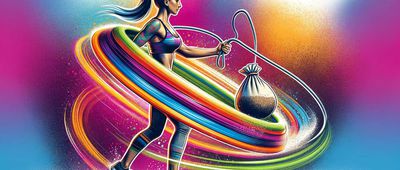Fact or Fable?
A wise person once said, "Don't believe everything you hear" — and that's especially true when it comes to questionable health information you hear on the internet and social media. (Appropriately, that popular saying is likely a distortion of an often misattributed phrase written by Edgar Allen Poe, "Believe nothing you hear, and only one half that you see.”)
While a lot of health advice started with the best of intentions, much of it also originated when medicine wasn't advanced as it is today or in some cases the advice was misinterpreted or distorted over the years. Some of these health myths have lingered long enough to become widely believed. Here are 10 health myths you've been told your entire life and why they're untrue.



















